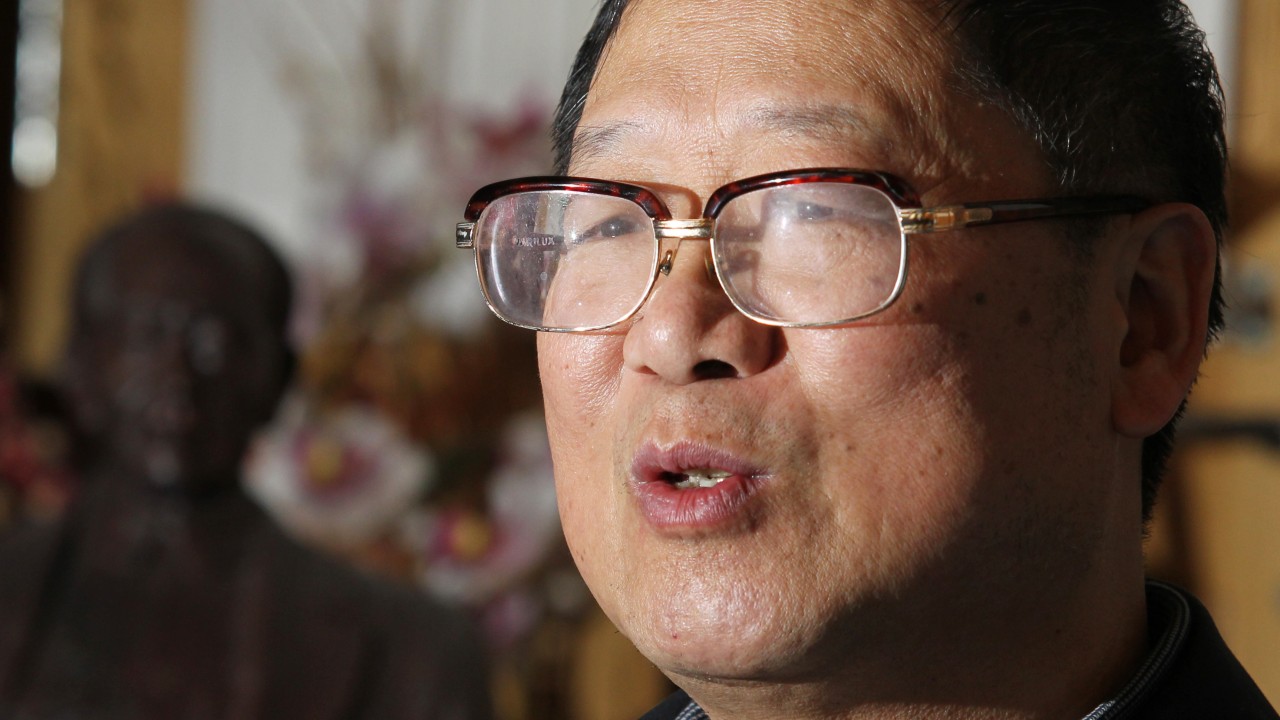
At 24, Nyima Tashi left behind a world of conventional computing from a top university in Shanghai to dive into an uncharted realm at Tibet University in southwest China's Xizang Autonomous Region.
Without any formal training in language technology, his relentless curiosity and determination led him on an epic quest—poring over scarce books, seeking wisdom from seasoned experts, and forging a new path in information processing in the Tibetan language.At that time, resources of Tibetan language information processing were minimal and outdated, with only a few books available on the subject.
This dearth of knowledge and tools in the field fueled Nyima Tashi's resolve to pioneer solutions that could modernize and preserve the Tibetan language.In 1992, his team unveiled the region's very first information software in the Tibetan language, transforming the way official documents and ancient texts were handled.
His pioneering spirit didn't stop there.
Five years later, he had ushered in Xizang's first international internet center, and by 2014, he broke new ground with the launch of a cutting-edge Tibetan smart mobile operating system.Nowadays in Xizang, mobile phones capable of fully processing Tibetan language information have become the norm, and the development and application of Tibetan language information technology have kept pace with modern advancements.Promoting the Tibetan languageThe story of Nyima Tashi is a microcosm of the remarkable revival of the Tibetan language in Xizang—a revival fueled by increasing everyday usage and bolstered by the central government's efforts to promote cultural preservation in the region.For instance, in public administration, all resolutions and regulations adopted by the region's people's congress and all general-purpose official documents and public notices released by authorities at all levels in Xizang are published in both standard Chinese and Tibetan, according to a government white paper released on Friday.The Tibetan language is also widely used in publishing, media and daily life.
By the end of 2024, Xizang had 17 periodicals and 11 newspapers in the Tibetan language and had published 46.85 million copies of 8,794 Tibetan-language books, the document noted.
In the meantime, new media have been developed in the Tibetan language, including surging official accounts on social media.
Their popularity has helped to expand the use of the Tibetan language.Overall rights improvementsAccompanying the preservation of the Tibetan language is a broader commitment to enhancing the rights and cultural well-being of people in Xizang.
Recognizing the importance of cultural identity for the local population, the Chinese government has implemented comprehensive measures to safeguard minority rights and promote social inclusion.These initiatives—ranging from dual-language public communications to extensive cultural and educational support programs—reflect a steadfast commitment to ensuring that the region's unique heritage flourishes alongside modern advancements.Home to over 1,700 sites for the practice of Tibetan Buddhism and approximately 46,000 Buddhist monks and nuns, the region, along with the central government, are committed to safeguarding the freedom of religious belief.
They have carried out religious activities, including the succession of living Buddhas of Tibetan Buddhism, in accordance with religious rituals and historical conventions, according to the white paper.In 2016, an online system was launched to facilitate obtaining information about living Buddhas, allowing users to find out more about religious figures in China.
A total of 93 newly reincarnated living Buddhas had been approved and recognized by 2024.Meanwhile, major advances have been made in protecting the right to education in Xizang.
To meet its people's expectations for high-quality education, the region has significantly increased subsidies covering boarding, lodging and basic study expenses for children from farming and pastoral areas, as well as those from families in urban areas with financial difficulties.
Since 2012, these subsidies have been raised 11 times, with the figure currently standing at 5,620 yuan ($773) per student per year, including 1,000 yuan from the nutrition improvement program, the document said.The region has made historical strides in ensuring universal access to education.
By 2024, key educational indicators in Xizang met or exceeded the national average: preschool enrollment reached 91.33 percent, compulsory education completion was 97.86 percent, senior high school enrollment hit 91.56 percent, and higher education enrollment was 57.81 percent.
Additionally, the number of college graduates per 100,000 inhabitants nearly doubled from 5,507 in 2010 to 11,019 in 2020.

 9
9















